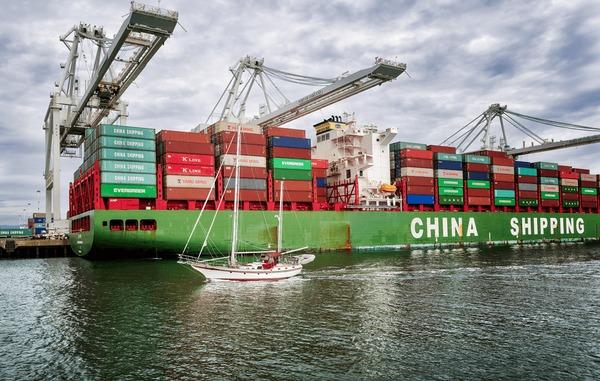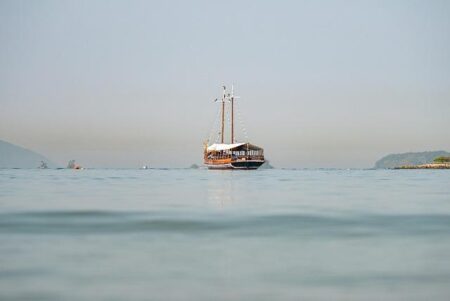A Chinese freighter has successfully completed its maiden voyage to the United Kingdom via the Arctic route, cutting delivery times between China and Europe by half, Reuters reports. The pioneering journey highlights the growing significance of the Northern Sea Route as an alternative shipping corridor amid evolving global trade dynamics and melting polar ice. This development could reshape supply chains by offering faster, more efficient connections between Asia and Europe.
Chinese Freighter Sets New Benchmark with Maiden Arctic Route to UK
In a groundbreaking maritime achievement, a Chinese freighter has successfully navigated the Arctic route on its inaugural voyage from China to the United Kingdom, slashing typical EU delivery times by almost 50%. This innovative journey leveraged the increasingly navigable Northern Sea Route (NSR), dramatically reducing transit distances and avoiding the conventional Suez Canal path. Experts highlight that such Arctic expeditions not only indicate the evolving viability of polar shipping lanes but also promise significant economic and environmental impacts for global trade.
Key advantages of the Arctic route:
- Cutting delivery times from approximately 35 days to nearly 18 days
- Lower fuel consumption due to shorter distances
- Reduced congestion risks compared to traditional shipping lanes
- Potential to transform supply chain logistics between Asia and Europe
| Route | Distance (nautical miles) | Average Transit Time (days) | Fuel Efficiency |
|---|---|---|---|
| Traditional Suez Canal | 11,000 | 35 | Standard |
| Arctic Northern Sea Route | 6,500 | 18 | Improved |
Impact of Arctic Shipping on EU Delivery Times and Supply Chain Efficiency
The successful maiden voyage of a Chinese freighter through the Arctic route has dramatically altered the logistics landscape, cutting delivery times to the EU by nearly 50%. This breakthrough challenges traditional shipping lanes through the Suez Canal, offering a faster, more direct path between Asia and Northern Europe. As a result, supply chain managers are reassessing route planning to capitalize on these efficiency gains, which could lead to significant cost savings and improved inventory turnover for European businesses.
Key factors influencing this shift include:
- Reduced transit distances by over 7,000 kilometers compared to conventional routes
- Lower exposure to geopolitical risks and congestion points in traditional passages
- Pioneering icebreaker support and advanced vessel engineering enabling year-round Arctic navigation
| Parameter | Traditional Route | Arctic Route | ||||||||||||
|---|---|---|---|---|---|---|---|---|---|---|---|---|---|---|
| Distance (km) | 20,000 | 12,800 | ||||||||||||
| Average Transit Time (days) | 30 | 15 | ||||||||||||
| Typical Bottlenecks | Suez Canal & Mediterranean congestion | Recommendations for Integrating Arctic Routes into Future European Trade Strategies
To capitalize on the breakthrough demonstrated by the recent Chinese freighter’s Arctic voyage, European trade strategies must prioritize sustainable and adaptable infrastructure development along these emerging northern corridors. This includes enhancing Arctic port facilities, investing in ice-class vessels, and integrating advanced satellite navigation systems to ensure safe and reliable passage. Governments and private sectors alike should coordinate on regulatory frameworks that address environmental safeguards, indigenous community interests, and geopolitical dynamics unique to the Arctic region. Key recommendations for stakeholders include:
Future OutlookThe successful maiden voyage of the Chinese freighter through the Arctic not only marks a significant milestone in maritime logistics but also signals a potential shift in global trade routes. By halving delivery times between China and the UK, this new Arctic passage could reshape supply chains and enhance economic connectivity between Asia and Europe. As climate change continues to alter the viability of northern sea routes, stakeholders across industries will be closely monitoring developments in Arctic shipping and their broader geopolitical and commercial implications. |




